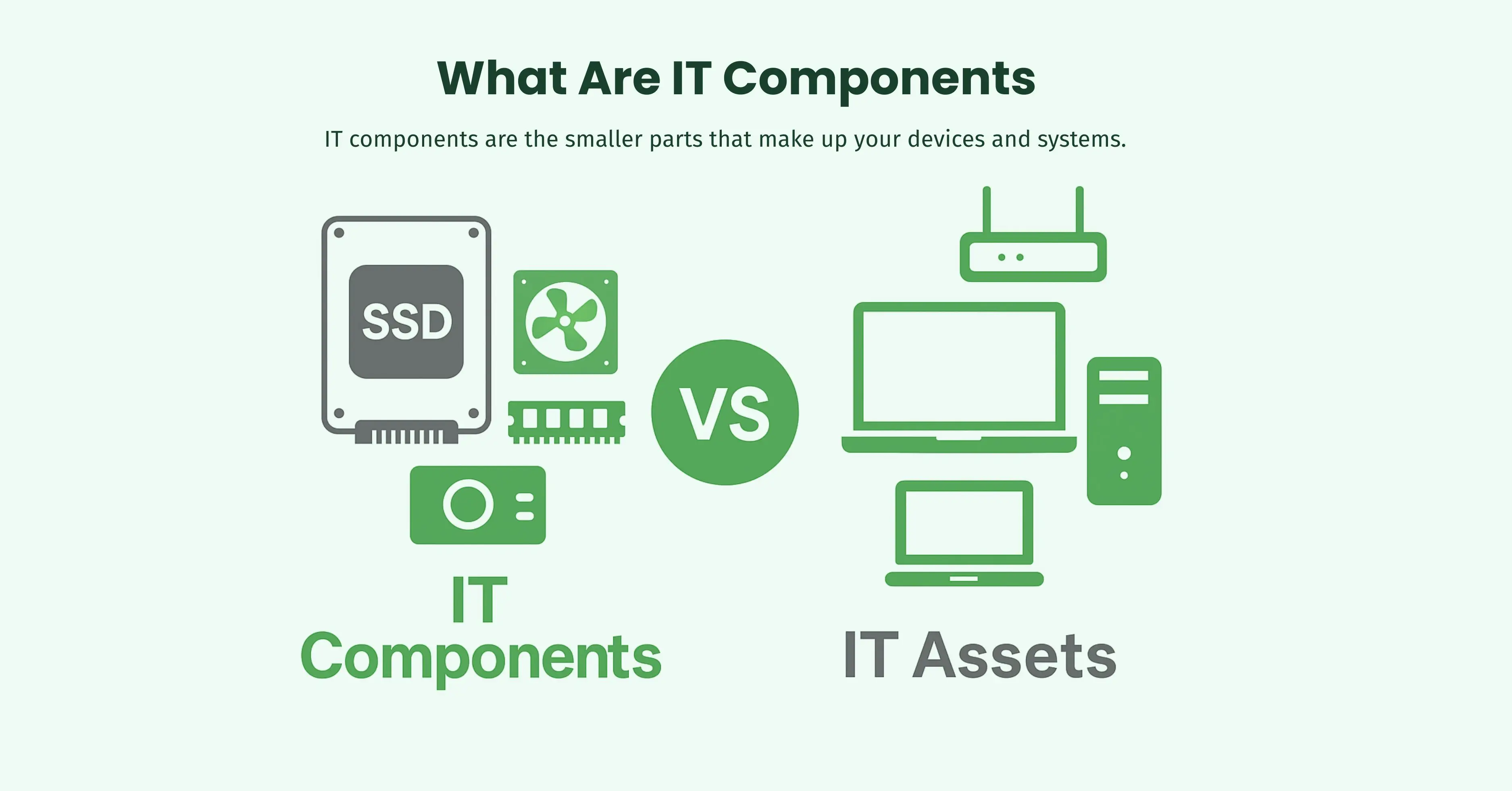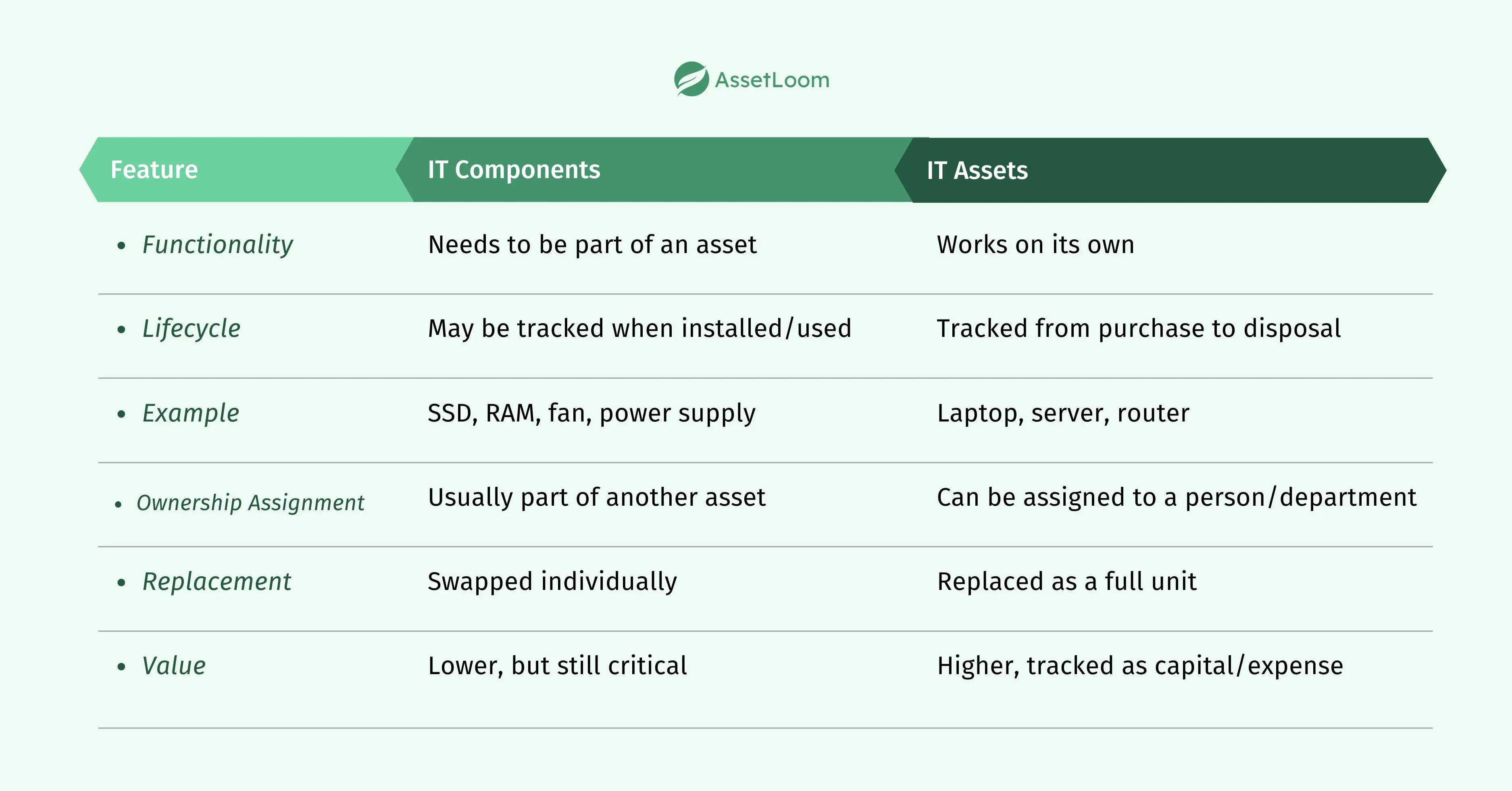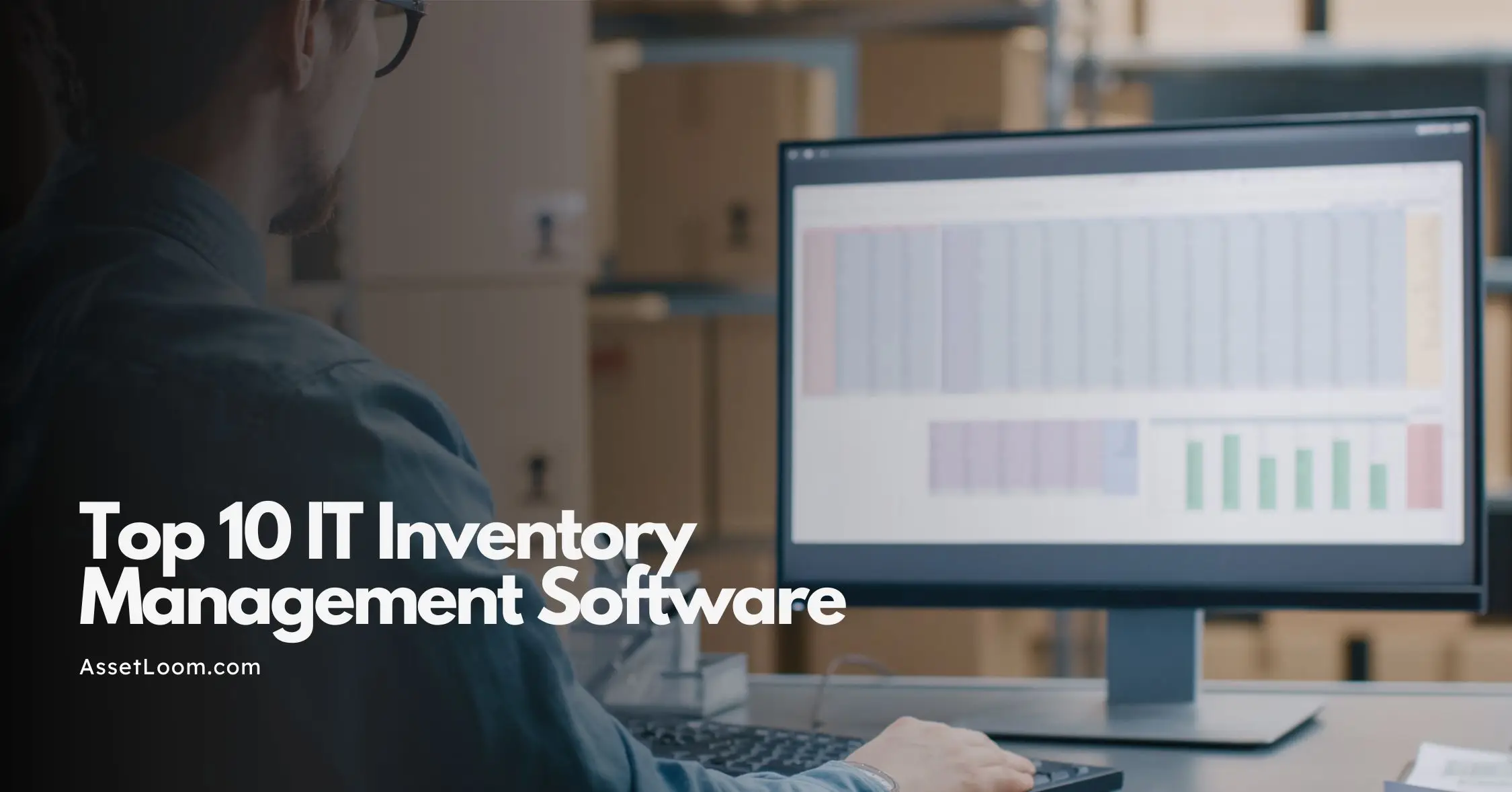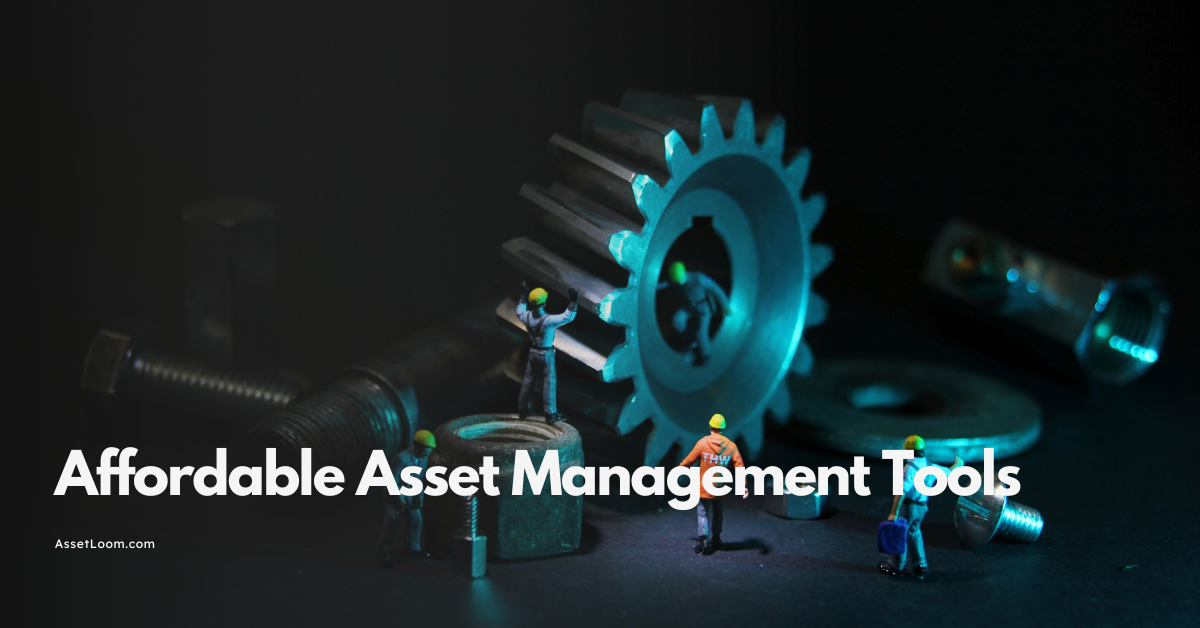What Are IT Components in IT Asset Management (ITAM)?
IT components are the essential parts inside IT assets, and this blog explains how to manage and track them effectively within IT Asset Management (ITAM).
It's a common problem in IT: a system suddenly stops working. You find out the problem is something small, like a broken cable or a missing hard drive. Fixing it should be easy, but you don’t know where the spare part is. Or if you even have one.
This happens more often than you might think.
Most IT teams track big things like laptops, servers, or monitors. But smaller parts often get ignored. These parts, called IT components, are just as important. Without them, even the best equipment can stop working. In this post, we’ll explain what IT components are, why they matter, and how managing them can help your team avoid problems and stay organized.
What Are IT Components in ITAM?
IT components are the smaller parts that make up your devices and systems. They are not full assets on their own, but they are essential to how those assets work. In the context of IT Asset Management (ITAM), these components need to be tracked, managed, and sometimes replaced—just like complete devices.

IT components can be both physical and non-physical. Here’s a closer look at the different types:
1. Hardware Components
These are the physical parts inside or connected to IT equipment. They include:
- RAM (memory modules)
- Hard drives and SSDs
- CPUs and GPUs
- Power supplies and cooling fans
- Laptop batteries
- Internal cards (like network or sound cards)
Even though they may not be managed as separate devices, they often need to be replaced, upgraded, or tracked for maintenance purposes.
2. Network Components
These are hardware elements that support connectivity and communication within your IT environment. Examples include:
- Routers and switches
- Access points
- Patch panels and network cables
- Firewalls and VPN appliances
Network components are often shared across systems and are critical for keeping things connected.
3. Spare Parts
Spare parts are extra components kept in stock for future use, such as repairs or upgrades. This includes:
- Extra RAM sticks
- Backup hard drives
- Replacement power supplies
- Fans or cables
Tracking these helps reduce downtime and avoid emergency purchases.
4. Software and Digital Components
Although “component” usually refers to physical parts, some ITAM systems also treat software modules or digital resources as components. Examples:
- Software libraries or plugins
- License keys
- API tokens
- Configuration files
These may not be tangible, but they’re still necessary for IT systems to function properly.
IT Components vs. IT Assets: What’s the Difference?
In IT Asset Management (ITAM), it's important to distinguish between assets and components. While they are related, they serve different purposes and are managed in different ways.

IT Assets
An IT asset is a complete, usable item that serves a purpose on its own. It’s something you can assign to a user, install in a network, or use to perform a task.
Examples of IT assets:
- A laptop issued to an employee
- A physical server running business applications
- A network switch installed in a data center
- Licensed software used across the organization
Assets are usually tracked with details like owner, location, purchase date, warranty, and current status. They also go through a full lifecycle—from purchase to deployment, maintenance, and disposal.
Read also: What Is IT Asset Lifecycle Management?
IT Components
An IT component is a part of an asset. It can’t usually function on its own, but it plays a crucial role in how the asset works.
Examples of IT components:
- RAM inside a laptop
- SSD used in a server
- Power supply for a desktop
- A cooling fan or expansion card
- Spare hard drives or cables kept in storage
Components are typically tracked within the context of the asset they belong to or as individual inventory items (especially spares). They can be swapped, upgraded, or reused without replacing the entire asset.
| Feature | IT Asset | IT Component |
|---|---|---|
| Functionality | Works on its own | Needs to be part of an asset |
| Lifecycle | Tracked from purchase to disposal | May be tracked when installed/used |
| Example | Laptop, server, router | SSD, RAM, fan, power supply |
| Ownership Assignment | Can be assigned to a person/department | Usually part of another asset |
| Value | Higher, tracked as capital/expense | Lower, but still critical |
| Replacement | Replaced as a full unit | Swapped individually |
| Tracking Tools | ITAM platforms | ITAM or inventory modules |
Essential Information to Track for IT Components
| Field | Why It Matters |
|---|---|
| Component Type | Identifies the category (e.g., RAM, SSD, NIC, PSU) |
| Model / Part Number | Helps identify and match specific replacements |
| Serial Number | Unique ID for the part (if available) |
| Manufacturer | Useful for support, warranty, and compatibility info |
| Asset Association | Which asset the component is installed in (e.g., laptop, server) |
| Location | Physical location or storage site of the component |
| Status | In use, spare, faulty, under repair, retired |
| Purchase Date | Helps calculate age, depreciation, and warranty coverage |
| Warranty Expiry | Lets you know if a replacement might be covered |
| Cost | Tracks value for budgeting and reporting |
| Install/Replace Date | Helps monitor component lifecycle and usage |
| Assigned To (if any) | Tracks who is using the device it’s installed in |
| Condition | New, good, worn, needs replacement, etc. |
| Notes or History | Log of repairs, replacements, or configuration changes |
Optional Fields (For Advanced Tracking)
| Field | Why It Matters |
|---|---|
| Firmware/Software Version | Useful for components like SSDs or NICs |
| MAC Address | Important for tracking network cards |
| Power Rating | Relevant for power supplies |
| Interface Type | Identifies type (e.g., SATA, PCIe, DDR4) |
| Compatibility Notes | Notes on supported devices or configurations |
Challenges of Managing IT Components Without a System
When there’s no proper way to track IT components, things can get disorganized pretty quickly. Parts often get stored in random places, like a drawer, a supply closet, or a box in someone’s office. Over time, it becomes hard to remember what’s there or even where it is. Then, when a part is actually needed, no one’s sure if it exists or where to look.
Without a tracking system, people often end up buying things they already have. It’s easy to forget what’s in storage, so new parts get ordered just in case. This not only costs more but also creates clutter and confusion. It can also slow down repairs since time gets wasted searching for something that might have been right there all along.
Another issue is that without records, you don’t know how long a part has been in use or if it’s been replaced before. That makes it harder to fix recurring problems or plan ahead for upgrades. Spare parts are tricky too. If they aren’t tracked, you won’t know how many are available or when you’re running low.
Different people might handle things in their own way. Some use spreadsheets. Others don’t track anything at all. This makes it tough to rely on the information you do have. And when something goes missing or breaks, there’s usually no way to figure out what happened or who last handled it.
All of this adds up. It leads to delays, guesswork, and sometimes replacing entire devices when just one part needed attention. Without a system to track components, even small tasks can become harder than they need to be.
How ITAM Platforms Like AssetLoom Help
Trying to track IT components manually can be time-consuming and unreliable. That’s where IT Asset Management tools like AssetLoom can make a big difference. These tools give us a single place to manage all our assets and their parts, so we don’t have to rely on memory, spreadsheets, or scattered notes.
We can see exactly what components we have, where they are, and how they’re being used. For example, if a laptop needs a new battery or a server needs more RAM, we can check the system and know right away if we have the part in stock. No more digging through storage rooms or guessing.
AssetLoom also lets us link components to the devices they belong to. This helps us track upgrade history, replacements, and repair work over time. If a component fails often, we’ll be able to spot the pattern and deal with it before it causes more issues.
We can also track spare parts just like active ones. We can set minimum stock levels and get alerts when it’s time to reorder, so we’re never caught off guard. This helps reduce downtime and keeps important equipment running.
Instead of everyone doing things differently, AssetLoom creates a clear and consistent process for tracking components. That means less confusion, fewer mistakes, and better teamwork across IT and support teams.
In short, a tool like AssetLoom takes the stress out of managing IT components. It helps us stay organized, respond faster to problems, and make better decisions about repairs, replacements, and purchases.
Best Practices for Managing IT Components
Here are some best practices that can help:
- Decide what to track: Focus on valuable components, used often, or important to system performance—like SSDs, RAM, power supplies, or network cards. Not everything needs to be tracked, but the essentials should be.
- Use one system for assets and components: Record components in the same system where you manage full IT assets. Link each component to the device it’s part of, and include details like serial number, model, condition, and purchase date.
- Keep an up-to-date inventory of spares: Know what you have in storage and where it is. Set minimum stock levels and use alerts or reminders to reorder before you run out.
- Follow a standard process: Create clear steps for installing, removing, replacing, and recording components. Ensure that everyone on the team is aware of the process and follows it consistently.
- Review records regularly: Check inventory and component data every few months. Look for missing items, outdated records, or unused stock that can be cleaned up or repurposed.
- Make tracking part of daily routines: The more we treat component management as a regular part of our work, the easier and more natural it becomes.
By sticking to these simple habits, we can save time, cut down on waste, and stay better prepared for whatever comes up in our IT environment.
Conclusion
IT components may be small, but they play a big role in keeping our systems running. When we don’t track them, it’s easy to lose time, spend more than we need to, or run into delays during repairs and upgrades. But with the right approach, managing components doesn’t have to be difficult.
By understanding the difference between full assets and their parts, using a reliable system, and following a few best practices, we can stay organized and avoid common problems.
The goal isn’t to track everything—it’s to track what matters. When we do that, we make better decisions, respond faster when things go wrong, and keep our IT environment running smoothly.

Related Blogs
Subscribe for Expert Tips and Updates
Receive the latest news from AssetLoom, right in your inbox.


